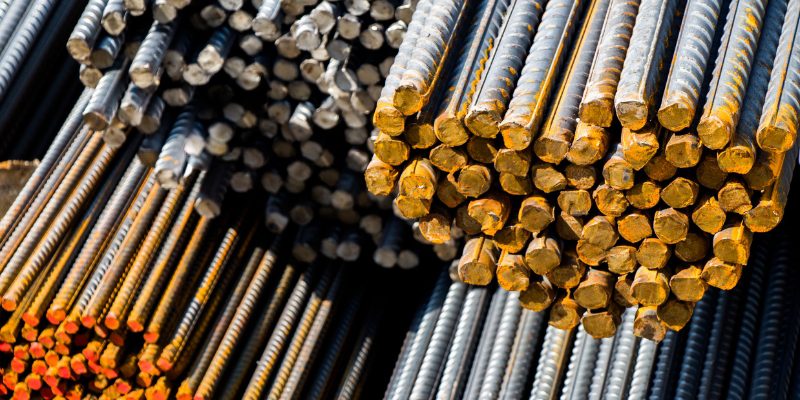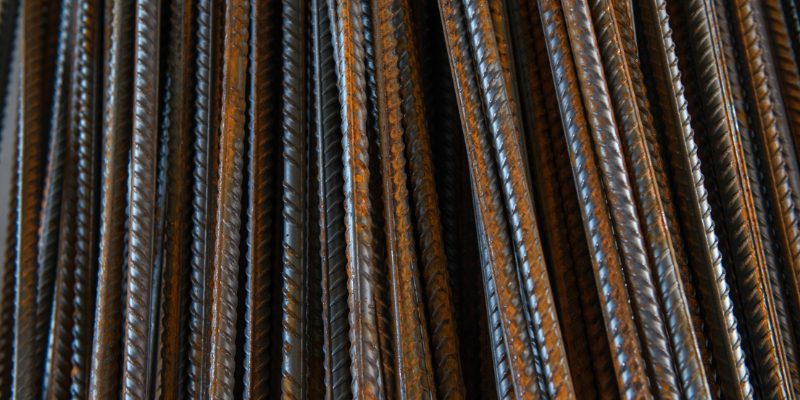The realm of construction materials is a dynamic arena where the choice between steel bars and TMT bars holds significant importance. This decision, often overlooked, has a profound impact on the strength, resilience, and longevity of a structure. Jumbo TMX, a reputable manufacturer of TMT bars, understands the gravity of this choice. In this article, we aim to uncover the subtle differences between traditional steel bars and advanced TMT bars using factual statistics and expert insights.
Steel Bars vs TMT Bars
1. Composition and Constituents
Steel Bars: Steel bars have a rich history in construction and are primarily composed of carbon and iron. While they possess commendable tensile strength, their susceptibility to corrosion and limited durability compared to TMT bars cannot be ignored.

TMT Bars: Introducing the forefront innovation – Thermo-Mechanically Treated (TMT) bars. These bars are crafted from low-carbon steel blended with alloying agents like vanadium. TMT bars exemplify exceptional strength, ductility, and resistance to corrosion. This intricate composition gives TMT bars a significant advantage in terms of structural integrity.
2. Might of Strength and Ductility
Steel Bars: Conventional steel bars boast their strength; however, they often fail under stress due to their inherent lack of ductility. This weakness restricts their use in complex architectural designs and areas prone to seismic activity.
TMT Bars: The standout feature of TMT bars lies in their remarkable balance between strength and ductility. The rapid cooling process after hot rolling results in an unyielding external layer combined with an inner core characterized by impressive ductility. Consequently, TMT bars emerge as the top choice for seismic zones and intricate structural configurations.
3. Resisting Corrosion
Steel Bars: One drawback of steel bars is their vulnerability to corrosion due to high carbon content. In corrosive environments, structures reinforced with steel bars may experience compromised integrity over time.

TMT Bars: The inclusion of vanadium alloy in TMT bars significantly enhances their resistance to corrosion. This robust protection ensures that structures built with TMT bars maintain their structural integrity even in harsh environments over extended periods.
4. Strong Bond with Concrete
Steel Bars: The smooth surface of conventional steel bars poses a challenge when it comes to adhering to concrete. This limitation can lead to structural deterioration over time.
TMT Bars: The textured surface of TMT bars allows for a strong bond with concrete. This increased adhesion enhances both structural stability and resistance against cracks and weaknesses.
Insights from Experts
Mr. Jindal, the founder of Jumbo TMX and a renowned name in the TMT manufacturing industry, emphasizes, “The shift from conventional steel bars to TMT bars marks a pivotal moment in the construction industry. The combination of advanced materials and manufacturing techniques ushers in a new era of structural reliability.”
Conclusion
In conclusion, TMT bars embody durability, innovation, and precision in architecture. Jumbo TMX’s commitment to excellence underscores the understanding that choosing TMT bars is synonymous with endorsing the enduring strength of structures.
In the grand narrative of construction, the choice between steel bars and TMT bars goes beyond technicality – it encapsulates the difference between structures that withstand the test of time and those that succumb. As you embark on shaping the future, remember that this decision is not just about materials; it is the blueprint for a legacy characterized by unwavering strength and resilience.






